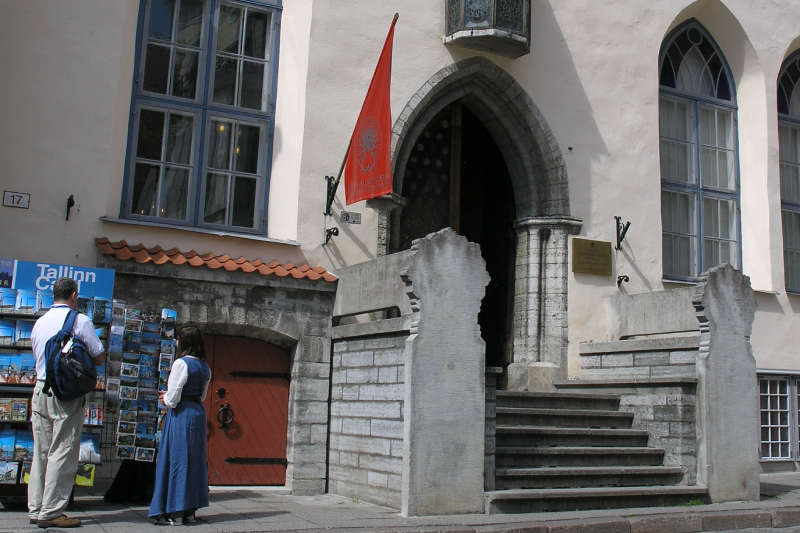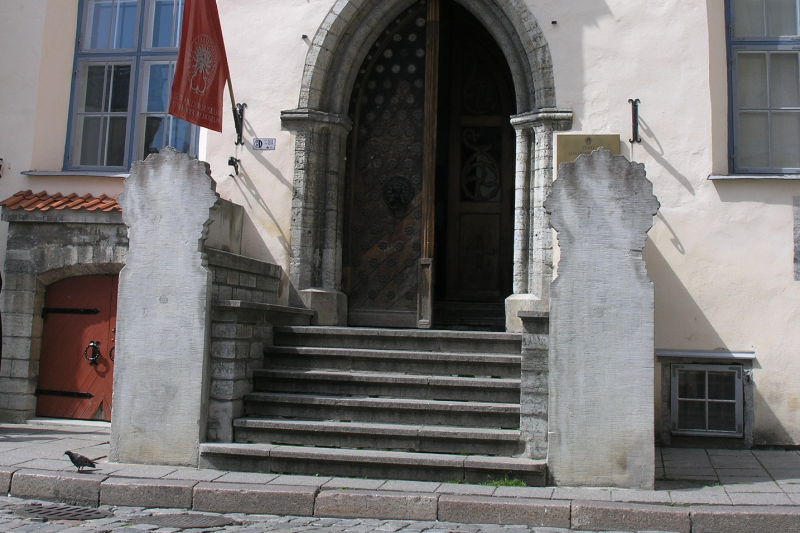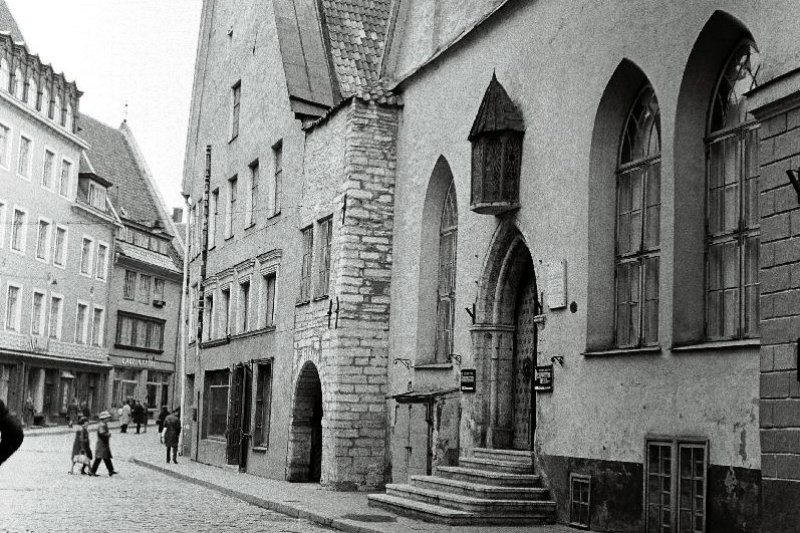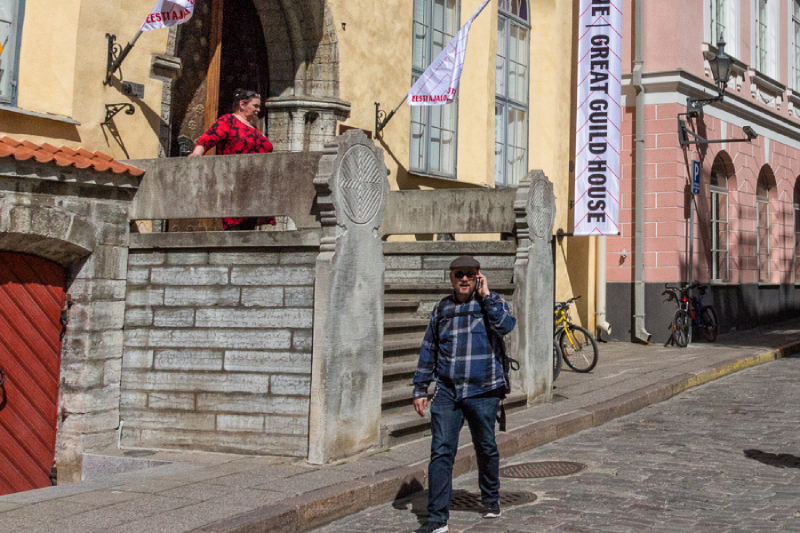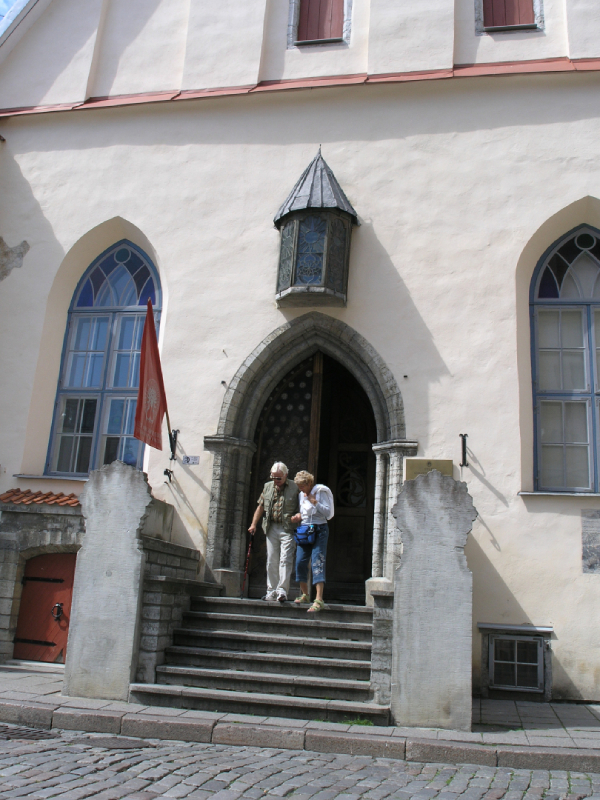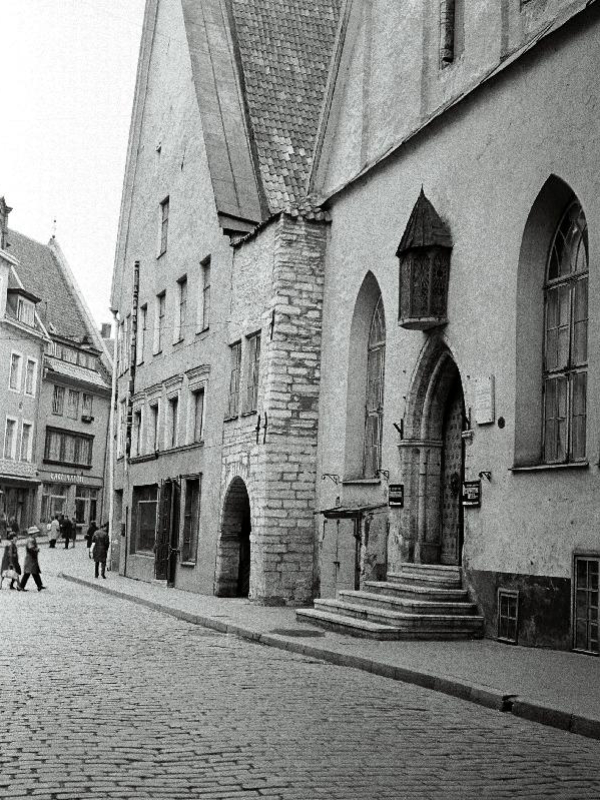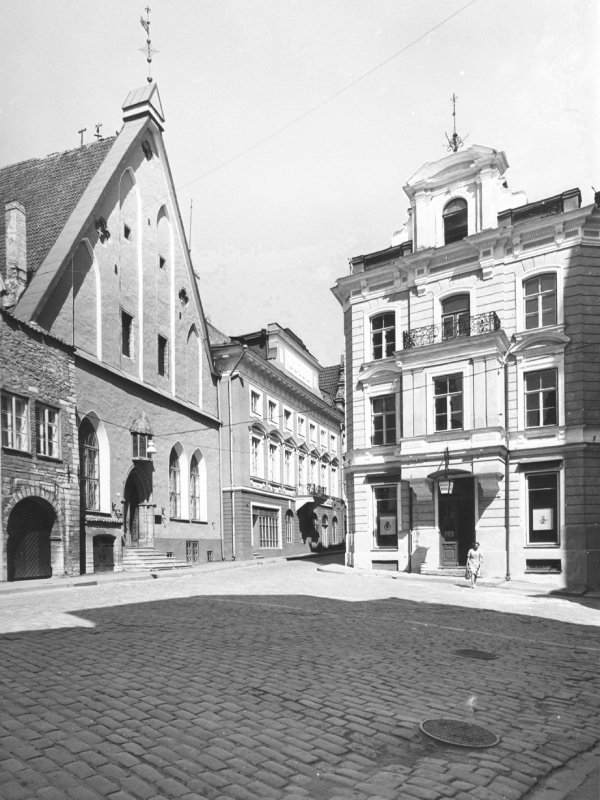Outdoor staircase of the Great Guild Hall of the Estonian History Museum
Pikk str 17, Tallinn Old Town
From 1980-84 I worked at the Tallinn (first) department of the National Institute for Designing Cultural Monuments (KRPI). I received my Master’s degree in Architecture in 1982. So half the time at KRPI I was at work as a student who wanted a professional experience. It was not insignificant to earn extra money for living because at the age of 18 I was living separately from my parents. They were released from the obligation to feed, clothe, and provide shelter for their family son. Contrary to present-day customs, it never occurred to me to stretch a decade or more to leave a senior home. I wanted to become independent and see the pain of rebuilding my life. And I don’t regret it…
Unfortunately, I can no longer remember the exact year I was entrusted with this job. I suggest for 1981, in fact, it could have been a year or two later. The reason is:
The prerequisite for the design of the staircase was the belief that the medieval building originally had been destroyed by that time. I took for granted the mandatory archival research and field research – to find the remains of the foundation and the building traces on the walls. I did this job with great pleasure and great interest. This “state of mind”, however, required me to have a certain degree of maturity, which did not want to fit well with the type of newly employed young architect, but already required some work experience. This fact would move the design of the staircase more late rather than earlier.
Great Guild Hall staircase, small in size but big in meaning. The solution had to be coordinated with a wide range of people. This is how people came to my life, whom I remember with increasing interest. Architect Teddy Böckler, art historian Mai Lumiste, architectural historian Rasmus Kangropool, and others. Now I realize that I had worked with outstanding professionals of my time.
Although it was one of the representative buildings of Tallinn Old Town, I do not remember any serious conflict, dispute or trial in the design of the staircase. The solution appeared to be spontaneous, a sign of broad consensus among the coordinators on the solution. The subconscious was modeled on the newly built analog of the Youth Theater, Lai 23, which we passed every day. There were theater symbols on the stoneware of the youth star, and the surface of the stoneware was empty for me. I still can’t say it was good or bad. Today, the Museum of History has carved its “family mark” on the stoneware.
Unfortunately, I no longer have a copy of the project or any other material.
